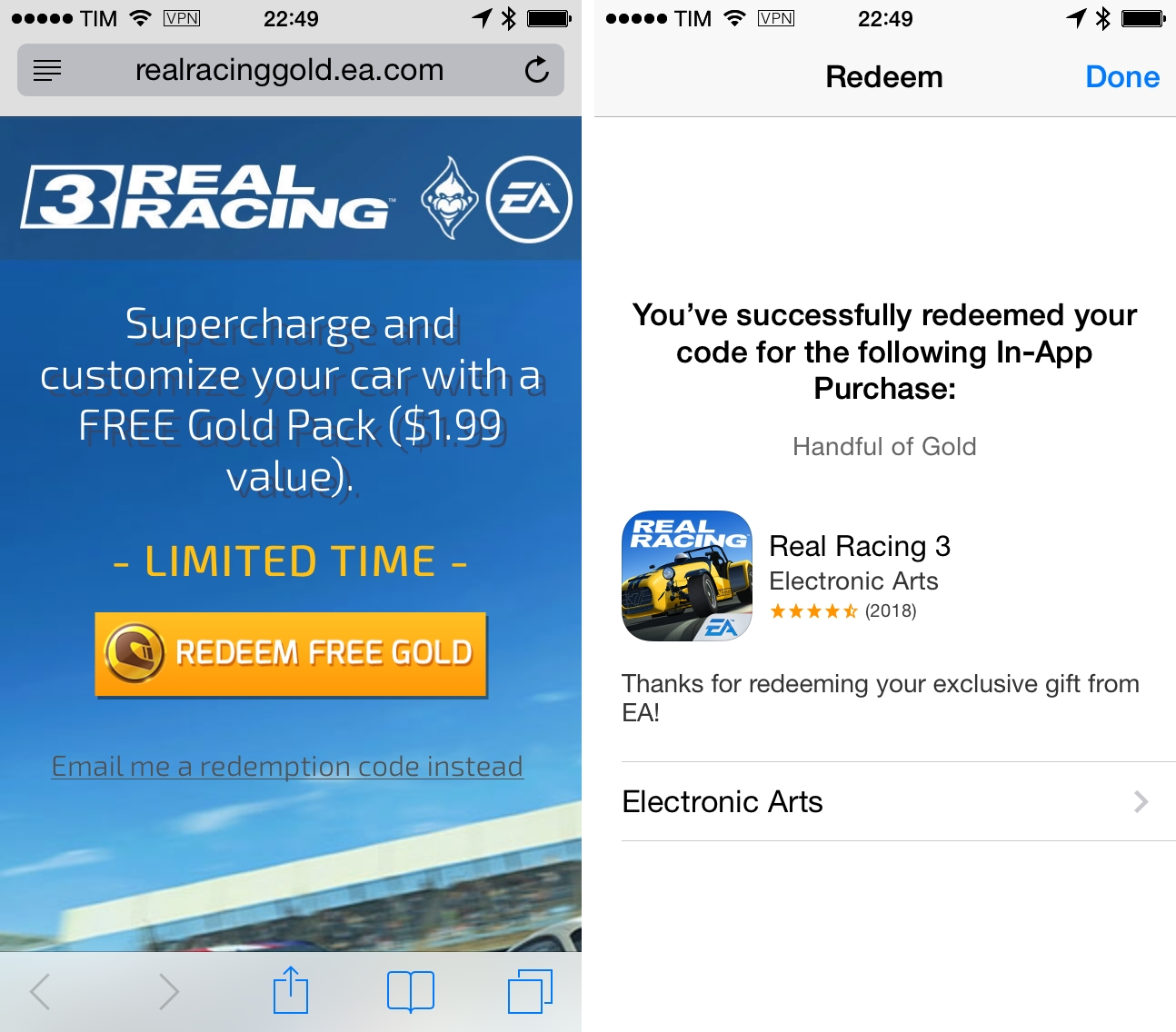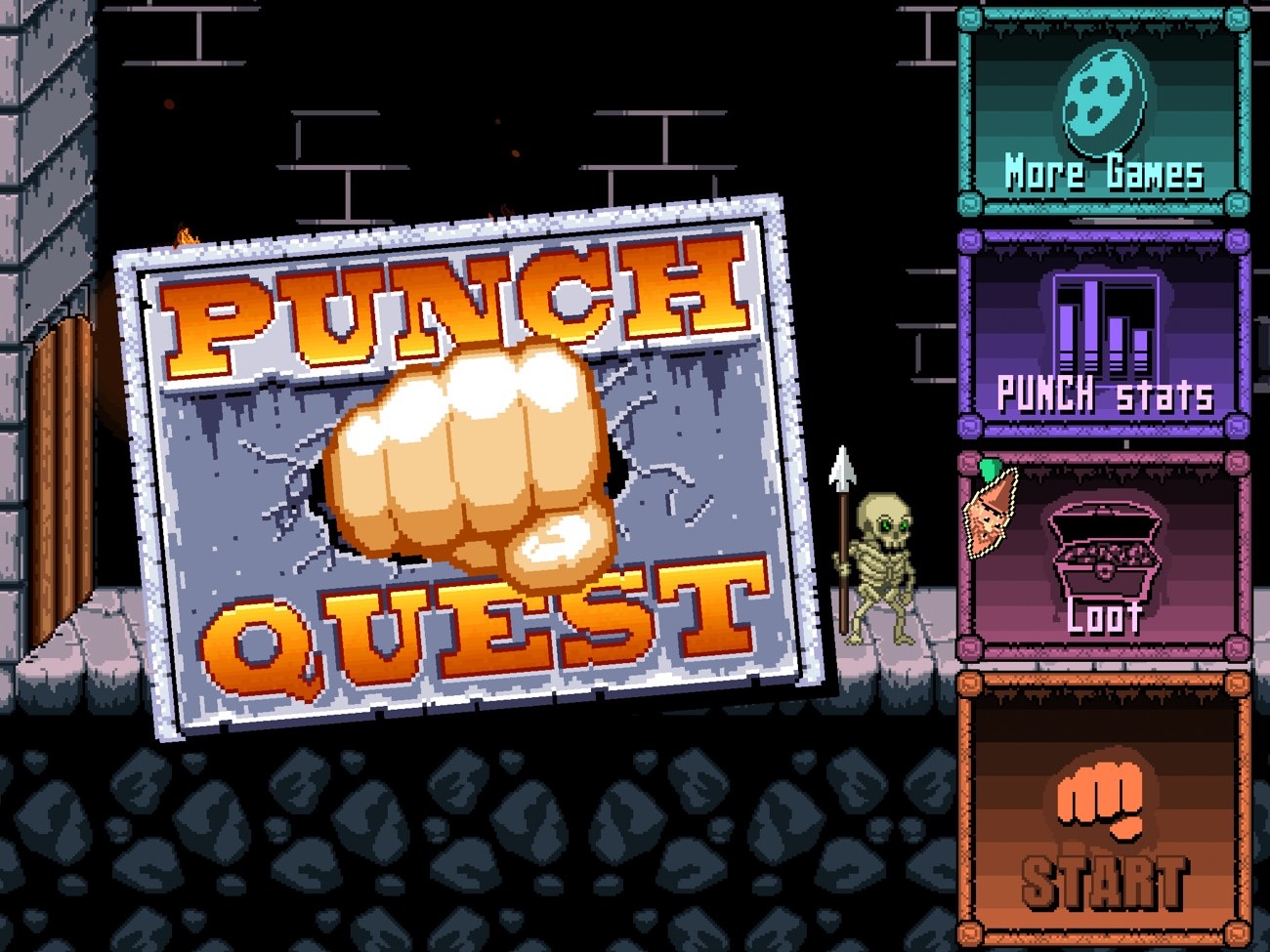The Verge writes about to commercial failure of the first version of Punch Quest, a new game by Rocketcat Games:
But the reality was much different. Despite surpassing 600,000 downloads, Punch Quest only just crossed into the five figure range in terms of revenue. “The really scary thing is that profits tend to drop off sharply a week after an app’s out,” Auwae says. “I hear it’s a bit better for free apps, but a paid app often makes most of its money in the first week of being out.”
Figuring out where the problem lies is a difficult task. Punch Quest seems to have done many things right, with a game that has proved popular with a wide audience and was designed from the beginning with the concept of IAP in mind, but obviously something is missing. “There’s a lot of stuff that could be wrong,” says Auwae, “but we’re just not sure.
Earlier this year, our Graham Spencer wrote an extensive feature story on the state of game In-App Purchases, the best practices for developers, and reactions from users to various kinds of IAPs. He concluded:
On the other hand, people are much more appreciative of paying for something that is more tangible — like more levels or new game modes. They are more substantial than a new gun, or some in-game coins that can buy you a power-up. I think this feeling is amplified when a user moves on from a game and looks back at what they payed for. If they were just buying currency for power-ups, there really isn’t anything to show for that money that they once spent. On the other hand if they bought a new game mode, they can see that additional mode and if they decide to come back to the game at a later date, they’ll still have that and be able to take advantage of it.
As Andrew Webster wrote at The Verge, I think Punch Quest’s case is primarily an issue of perceived value. I don’t think Punch Quest’s virtual currency-like model for IAP is a sustainable model.
On the other hand, I don’t think it’s a problem of “small Buy button” (as suggested by The Verge): Loren Brichter’s Letterpress is a different genre, but some mechanics of revenue generation with IAP are comparable with Punch Quest. Loren said he didn’t make any “IAP optimization” to guide users towards spending money, yet Letterpress is a success. I believe it ultimately goes down to the fact that Letterpress’ IAP feels like a must-have, as I wrote in my review.
I think it’s a smart move, because Letterpress’ in-app purchase is a must-have so, essentially, you’ll be purchasing a $0.99 paid app. In this case, the “free” price tag is an illusion to draw more customers to download the app right away: think of it as a “trial” version of the real Letterpress. This is what the App Store dynamics have become, and Brichter is simply experimenting with something completely new for him while playing by the market’s rules. Because while I could go by without themes – I just use the default one – more simultaneous games and played words is what you’re really looking after.
Punch Quest doesn’t make me feel like I’m missing out. It doesn’t leverage the addictive nature of the game to draw me to the IAP options; at the contrary, the fact that it’s easy to collect currency in the game makes me feel like the IAP is unnecessary: I can play this because I like it and I’ll collect coins anyway.
Letterpress, on the flip side, doesn’t trade your time for options. You’re always going to miss themes and simultaneous games if you don’t pay. The IAP of Letterpress is an exclusive option that is based on the game’s essence: playing games against friends. You like this game so much you want to play more games? Then pay. Otherwise, you won’t have the feature. Simple and effective.
With In-App Purchases, I want to feel like I’m paying for something that I need. Even better, I want that to be more than a feeling: it’s got to be a fact.
Personally, I believe developers shouldn’t settle on “established” ways to implement IAPs. For instance, despite the completely different category, I like what iThoughts HD is doing with IAP: the regular app is $9.99 and already a sustainable business model, but if you want, you can pay more. Paying $3.99 for the IAP will unlock “Early Access” features, which include things like Search and Doodling on mind maps. These are features that will come to the main app eventually, but you can pay to get them now.
iThoughts’ IAP works from both technical and conceptual perspectives. By paying, you know you’re supporting the ongoing development of an app you like, and that is a powerful concept by itself. But, at the same time, you’re also getting new features before other people – you’re unlocking new exclusive stuff. Features that make the app better and that are cleverly targeted at people who use iThoughts on a regular basis. It feels like a must-have.
It’s marketed differently, but iThoughts’ IAP is actually very similar to Letterpress: it understands the app’s user base and allows customers to get more functionality by paying.
In-App Purchases are tricky. To get a complete overview of this phenomenon in games, I still recommend reading Graham’s story from June, which includes various surveys with developers and users. Overall, I believe IAPs can be a stable (and possibly more intelligent) business model, but developers should consider the value perceived by their customers before and after the purchase.




